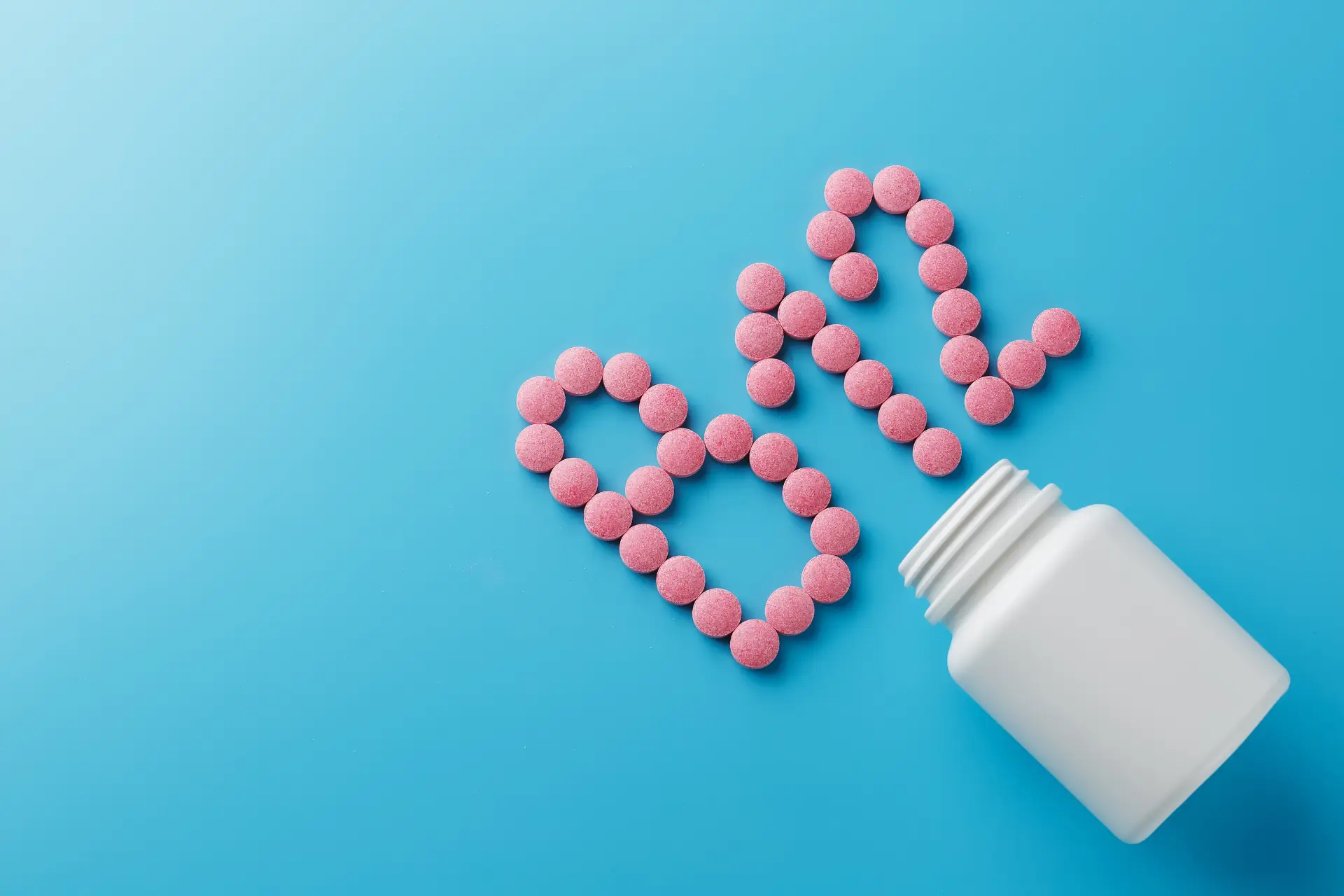Both cyanocobalamin and methylcobalamin are varieties of vitamin B12. Cyanocobalamin is manufactured, whereas methylcobalamin occurs naturally. Still, the body can convert manufactured versions into the natural active forms.
Vitamin B12, or cobalamin, is a crucial water-soluble nutrient involved in red blood cell formation, cognitive function, and DNA production.
A lack of this essential vitamin can lead to serious problems, such as extreme tiredness, nerve injury, digestive disturbances, and neurological issues including depression and memory impairment.
Consequently, many individuals use vitamin B12 supplements to help meet their requirements and avert deficiency.
This piece explores the principal distinctions between methylcobalamin and cyanocobalamin — two of the most prevalent vitamin B12 forms found in supplements.

Synthetic versus Natural
Vitamin B12 supplements usually come in two main types: cyanocobalamin or methylcobalamin.
They are largely similar structurally, each containing a cobalt atom encircled by a corrin ring.
However, they differ by the molecule attached to the cobalt. Methylcobalamin carries a methyl group, while cyanocobalamin has a cyanide group.
Cyanocobalamin is a synthetic variant of vitamin B12 that does not occur naturally.
It’s commonly used in supplements because it’s generally more stable and less expensive than other B12 forms.
After ingestion, cyanocobalamin is converted in the body to either methylcobalamin or adenosylcobalamin, the two biologically active forms of vitamin B12 in humans.
By contrast, methylcobalamin is a naturally occurring B12 form available from supplements and dietary sources like fish, meat, eggs, and dairy (3, ).
SUMMARYCyanocobalamin is a lab-made form of vitamin B12 found primarily in supplements, whereas methylcobalamin is a natural form obtainable from both foods and supplements.
May be absorbed and retained differently
Another notable difference between methylcobalamin and cyanocobalamin lies in how they’re absorbed and kept in the body.
Some evidence indicates cyanocobalamin might be taken up slightly more efficiently than methylcobalamin.
One study reported that roughly 49% of a 1-mcg dose of cyanocobalamin was absorbed versus 44% of the same dose of methylcobalamin.
On the other hand, a different study observed about three times more cyanocobalamin excreted in urine, suggesting methylcobalamin could be retained more effectively within the body.
Yet other research suggests that bioavailability differences between the two forms may be marginal and that factors such as age and genetics could influence absorption.
Unfortunately, there is a shortage of recent direct comparative research on these two B12 forms.
More studies are necessary to accurately measure absorption and retention of methylcobalamin versus cyanocobalamin in healthy adults.
SUMMARYEvidence suggests cyanocobalamin might be absorbed slightly better, while methylcobalamin tends to be retained longer. Other studies, however, find minimal differences in absorption and retention.
Both methylcobalamin and cyanocobalamin can be converted to other forms of vitamin B12
When you take cyanocobalamin, it can be transformed into both active B12 forms — methylcobalamin and adenosylcobalamin.
Like methylcobalamin, adenosylcobalamin plays essential roles in overall health.
It participates in fat and amino acid metabolism and assists in building myelin, the protective coating around nerve fibers.
Shortages in either of these active B12 forms can raise the risk of neurological complications and other adverse effects.
Both cyanocobalamin and methylcobalamin are reduced to a cobalamin intermediate that’s then converted into the active vitamin forms within body cells.
Some researchers recommend treating B12 deficiency with either cyanocobalamin alone or a combination of methylcobalamin and adenosylcobalamin because of the specific attributes of the latter two forms.
SUMMARYAlthough they vary in certain ways, both cyanocobalamin and methylcobalamin can be converted into the other active cobalamin forms inside the body.
Both forms have health benefits
Despite their differences, both methylcobalamin and cyanocobalamin offer health advantages and can prevent B12 deficiency.
For example, one trial found that giving oral methylcobalamin to seven B12-deficient subjects restored blood B12 levels within just two months.
Likewise, another study observed that taking cyanocobalamin capsules for three months elevated vitamin B12 in 10 individuals with pernicious anemia, a condition that impairs B12 absorption.
Each B12 variant may also deliver additional health benefits.
A review of seven studies indicated that both methylcobalamin and a B-complex containing cyanocobalamin reduced symptoms of diabetic neuropathy, a diabetes complication that causes nerve damage.
Furthermore, multiple animal studies suggest both forms may have neuroprotective properties and could be useful for treating nervous system disorders (,).
SUMMARYBoth methylcobalamin and cyanocobalamin can address vitamin B12 deficiency. Human and animal research indicates they may ease diabetic neuropathy symptoms and offer neuroprotective effects.
The bottom line
If you suspect a vitamin B12 deficiency, consult your healthcare provider to determine the most appropriate treatment.
However, if your goal is simply to cover dietary shortfalls, a vitamin B12 supplement can be helpful.
Cyanocobalamin is a synthetic B12 form that can be converted into the natural methylcobalamin and adenosylcobalamin.
The body may absorb cyanocobalamin slightly better, while methylcobalamin appears to be retained longer.
Both forms can prevent B12 deficiency, though combining methylcobalamin with adenosylcobalamin may offer optimal results.
Whatever form you select, pair supplementation with a nutritious, balanced diet to meet your nutritional needs and support overall health.


















Leave a Reply
You must be logged in to post a comment.